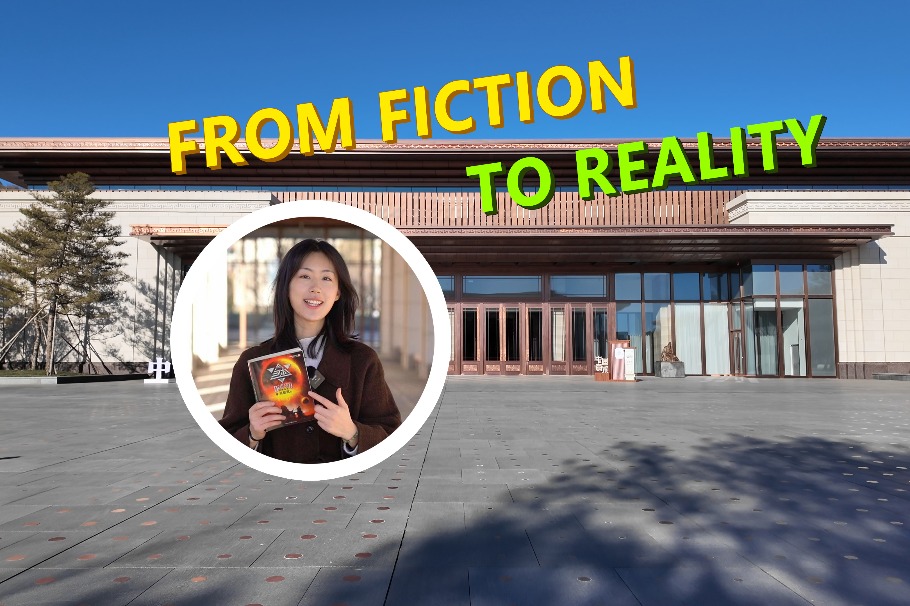Tanshishan relics prove pluralistic origin of Chinese civilization
By Long Min | Ecns.cn | Updated: 2023-02-06 10:41

CNS: Why is the discovery of the Tanshishan site strong proof of the theory of pluralistic origin of Chinese civilization?
Dong Ping: In 1963, the archaeological community named the remains of the Neolithic culture in Fujian, represented by the geometric hard pottery excavated in the middle and lower layers of the Tanshishan site, as Tanshishan culture. The eighth archaeological excavation, carried out in 1996, clarified the relationship of the Tanshishan site to chronology.
Based on the stratigraphic accumulation, superimposition and the characteristics of the unearthed remains and relics, combined with the principles of archaeological stratigraphy and archaeological dating through scientific and technological means, experts believe that the site can be divided into at least four cultural connotations of "different stages and cultural nature": the first phase, the earliest human activity in this time, 5,500 to 5,000 years ago; the second, the most important and core of the Tanshishan culture, with the most abundant excavated artifacts, 5,000 to 4,300 years ago; the third, 4,300 to 3,500 years ago; and the fourth, 3,500 to 2,700 years ago. Among them, the Tanshishan site of the first and second phases of culture is equivalent to the Yangshao culture period in northern China; the third phase is equivalent to the northern Longshan culture period; and the fourth phase is equivalent to the Shang and Zhou dynasties.
It may be seen that the Tanshishan site is mainly remains of Neolithic cultural, as well as Bronze Age culture. Their duration is more than 2,500 years. The lower limit of its duration has been close to the period of the Min Yue Kingdom recorded in the official history of China. It expands the history of Fujian civilization from 3,000 years to 5,000 years and is a strong proof of the theory on pluralistic origin of Chinese civilization proposed by Su Bingqi [a founder of Peking University's archaeology program].
























